Table of Contents
PENGUIN

CLASSICS
THE ROOSEVELT I KNEW
FRANCES PERKINS began her career in social work at Hull House and continued on this path, leading to a masters degree in social work from Columbia University in 1910. Before President Roosevelt chose her as secretary of labor in 1933, she had worked with him for many years in Albany and had served in various public capacities, including executive secretary of the National Consumers League, 191012; lecturer in sociology, Adelphi College, 191112; director of investigations, New York State Factory Commission, 191213; commissioner, New York State Industrial Commission, 191921; member of the New York State Industrial Board, 192329, becoming the boards chairwoman in 1926; and then industrial commissioner of the State of New York, 192932. In 1933 she was awarded the medal for eminent achievement by the American Womens Association. From 1933 until she resigned as secretary of labor in May 1945, she served the president on many industrial and economic agencies. In October 1945, she went to Paris as a member of the U.S. delegation to the International Labor Organization Conference. She was the author of several books in the labor field, including People at Work and A Social Experiment under the Workmens Compensation Jurisdiction.
ADAM COHEN, the author of Nothing to Fear: FDRs Inner Circle and the Hundred Days That Created Modern America, teaches at Yale Law School.
Introduction
If American history textbooks accurately reflected the past, Frances Perkins would be recognized as one of the nations greatest heroesas iconic as Benjamin Franklin or Thomas Paine. Like Franklin, Perkins was a brilliant self-creation: There had not been anyone like her before and there has not been anyone like her since. Like Paine, Perkins helped to start a revolution.
Francis Perkins was Franklin Delano Roosevelts secretary of labor, and the first woman ever to serve in a presidential cabinet. She was also one of the key architects of the New Deal, the ambitious series of programs initiated by the federal government in the 1930s. The New Deal was Perkinss revolution, and it did nothing less than create modern America.
When Perkins arrived in the capital in 1933, the Great Depression was at its darkest. The stock market had fallen 85 percent, and one quarter of the workforce was unemployed. Every state had declared a bank holiday, officially closing the banks. President Herbert Hoover had largely stood by, allowing the free market and private charity to respond to the economic cataclysm.
The federal government had historically done little more than defend the country and deliver the mail. That changed dramatically during the Roosevelt years. A large and dynamic federal government emergedone that helped the jobless provide for themselves and their families, ensured that the elderly had enough to live on, ran programs that allowed struggling farmers and homeowners to stay on their property, and generally intervened when people could not make it on their own.
This extraordinary national transformation arose in large part out of the unique partnership between Roosevelt and Perkins. They were, in many ways, an unlikely pair. Roosevelt was a Harvard-educated patrician who had coasted to political success on personal charm, inherited wealth, and his familial connection to Theodore Roosevelt. Perkins had been born into more modest circumstances and earned her success by hard work and perseverance. Roosevelt was a shrewd politician, adept at the art of the practical. Perkins was an idealist who fought for broad principles and was prone to talk, as one profile of her observed, like an editorial in The Survey, the national social-work magazine.
Perkins was born into a conservative middle-class family in Worcester, Massachusetts. She was a talented student with a curious mind. At a time when few girls pursued higher education, Perkins left home to attend nearby Mount Holyoke College. She had been raised to believe that poor people were largely responsible for their troubles, but a favorite college professor gave her a different perspective. The professors influence, and a visit from the founder of the National Consumers League, helped persuade Perkins to become a social reformer.
Perkinss father believed the only acceptable career for a proper young woman was teaching. To placate him, Perkins took a job at a private school in Lake Forest, Illinois. Once she was out from under her parents watchful gaze, she began spending her free time at Hull House, the settlement house Jane Addams ran in a poor immigrant neighborhood of Chicago. Perkins was introduced to tenement living conditions, labor organizing, and a cadre of people who were dedicated to improving the lives of the poor.
Perkins had found her calling. She took a job in Philadelphia with a reform group that studied the poor and provided aid to them. One of her duties was assisting with one of the groups grittier servicesmeeting immigrant women who arrived by boat and helping to ensure that they were not lured into prostitution by the unsavory men who waited at the docks.
From Philadelphia, Perkins moved to New York. She earned a masters degree in social work from Columbia University and took a job with the National Consumers League, a leading reform group fighting for the rights of working people. Perkins spent much of her time in Albany trying to persuade a largely hostile state legislature to adopt pro-worker legislation, including a maximum-hours law for women. She also became one of the nations leading experts on factory safety.
On March 25, 1911, Perkins was having tea with a friend on Washington Square when a butler announced that there was a fire. Perkins rushed to a nearby factory building and witnessed the Triangle Shirtwaist fire as it happened. She watched as factory girls, unable to escape or to stand the heat of the flames, jumped to their deaths.
With the city grieving for 146 workers who lost their lives, the causes Perkins had been fighting for had a new urgency. The Triangle Shirtwaist fire was a torch that lighted up the whole industrial scene, Perkins would later say. Two blue-ribbon commissions were established to investigate factory safety, and Perkins worked with both of them. The outrage stirred by the fire helped Perkins win passage of the main bill she had been fighting for, a law limiting womens workweeks to fifty-four hours.
On her visits to Albany, Perkins had been able to persuade many legislators to back her cause. One new state senator, however, resisted her appeals. Franklin Roosevelt, who had just been elected from rural upstate New York, voted for the bill in the end, but he would not publicly support it or help lobby his colleagues. Perkins was not all that surprised. They had traveled in the same social circles in Manhattan, and Roosevelt had struck her as something of a spoiled aristocrat who lacked compassion for those who were less well off.
As a young woman in New York City, Perkins struck a remarkably modern figure. She socialized with bohemians in Greenwich Village and got to know many notable figures, from the novelist Sinclair Lewis to young Winston Churchill. Perkins freely told friends that she did not intend to marry. When she changed her mind and accepted a proposal from Paul Wilson, a promising young municipal reformer from an affluent family, they married in a small ceremony with no family present, and she insisted on keeping her name.


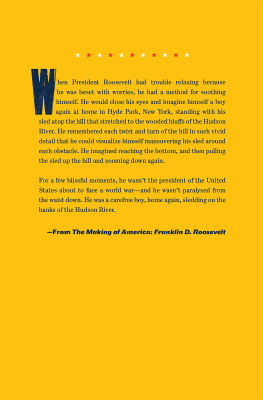
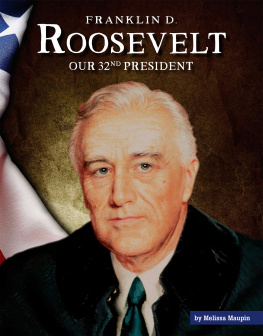
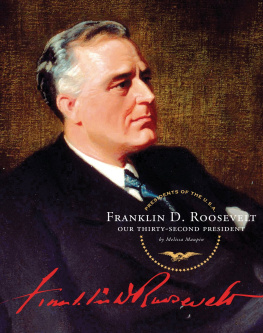

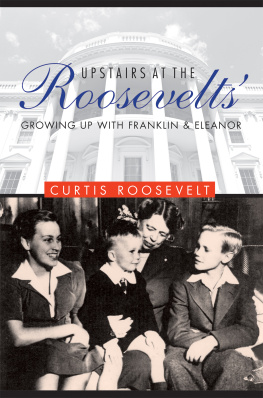
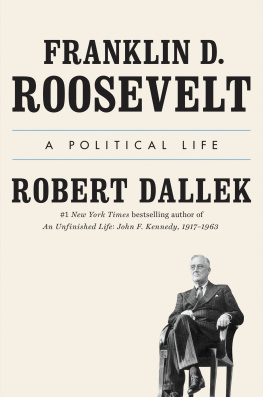
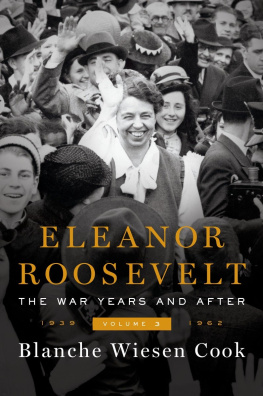

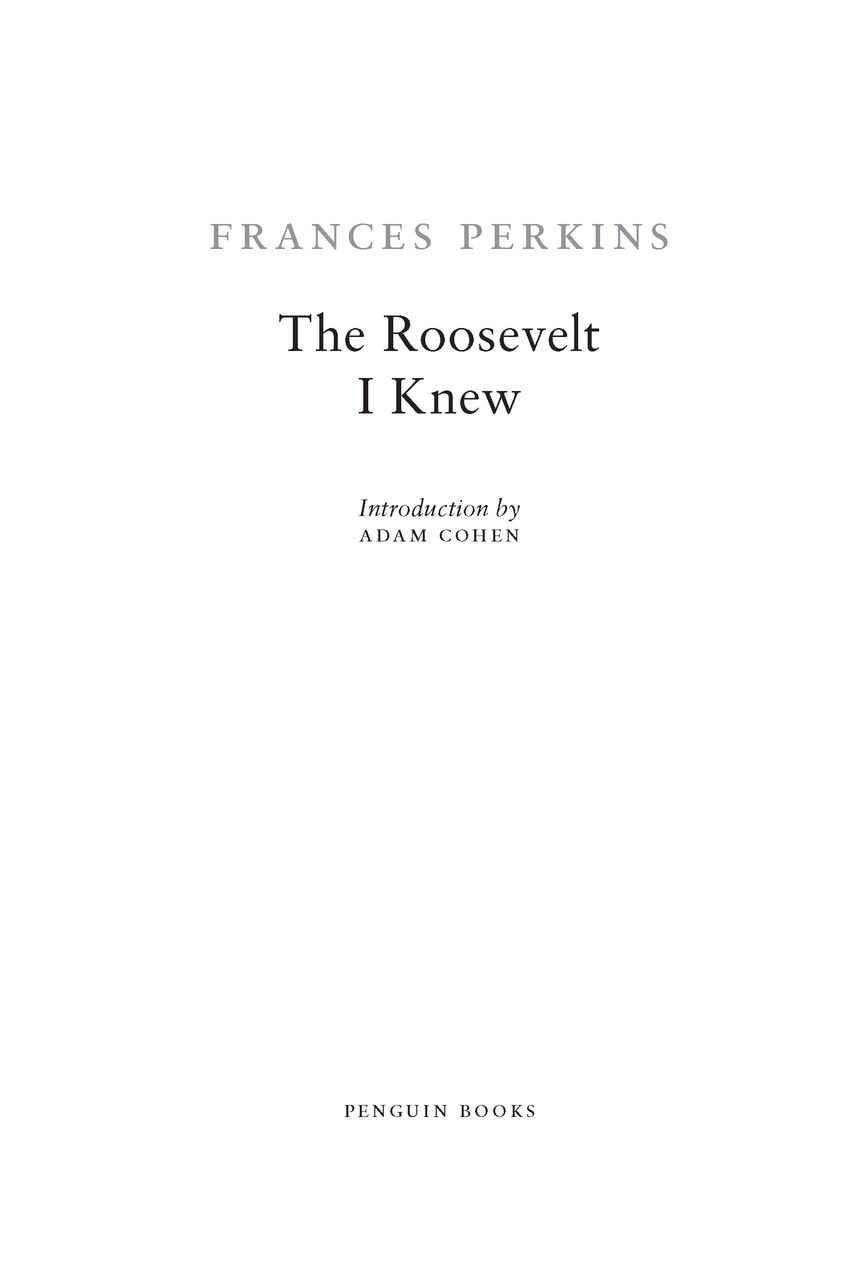
 CLASSICS
CLASSICS